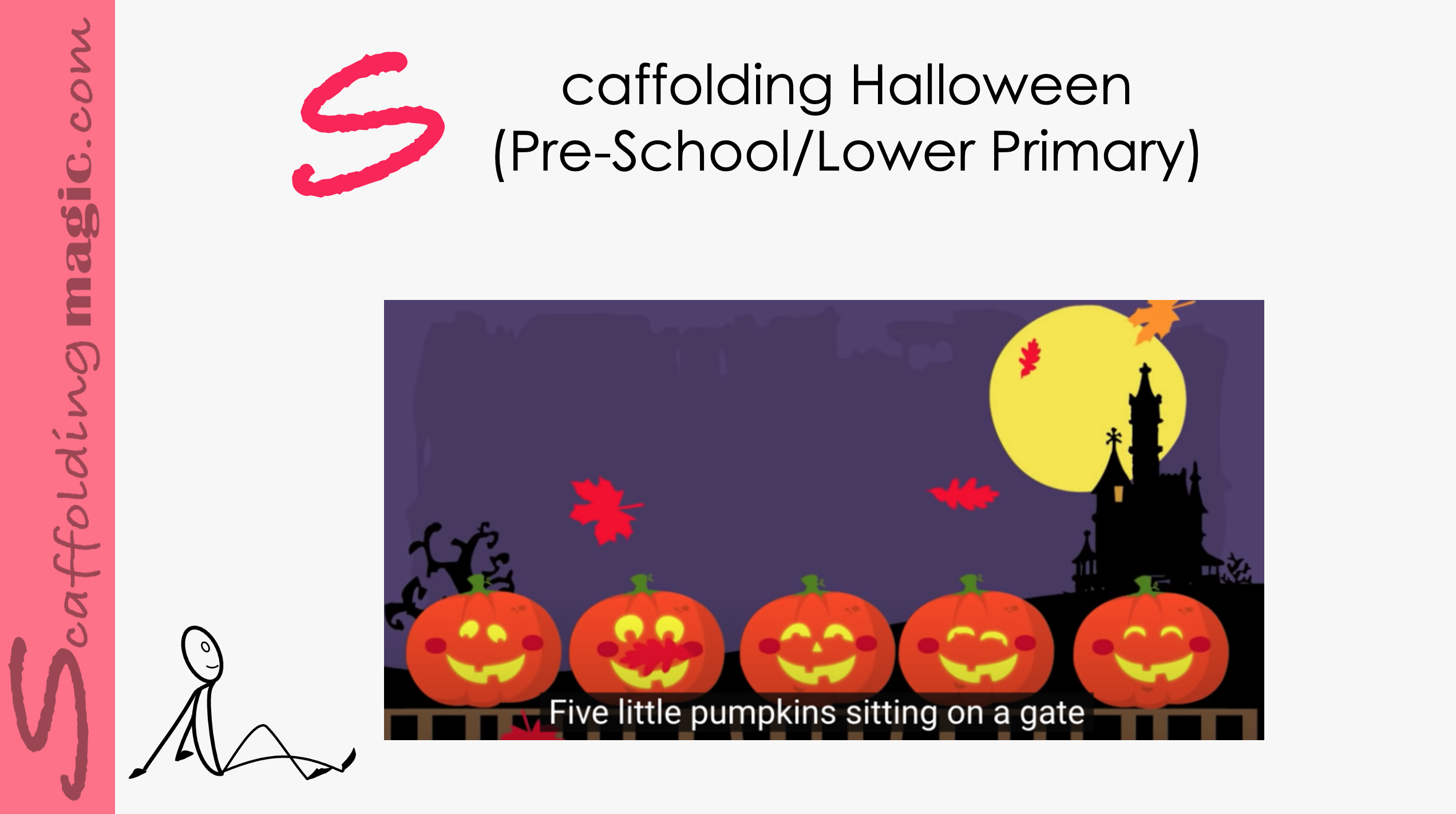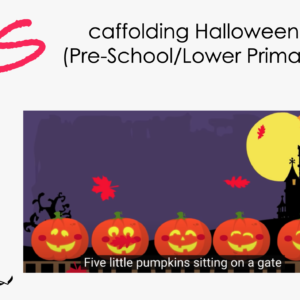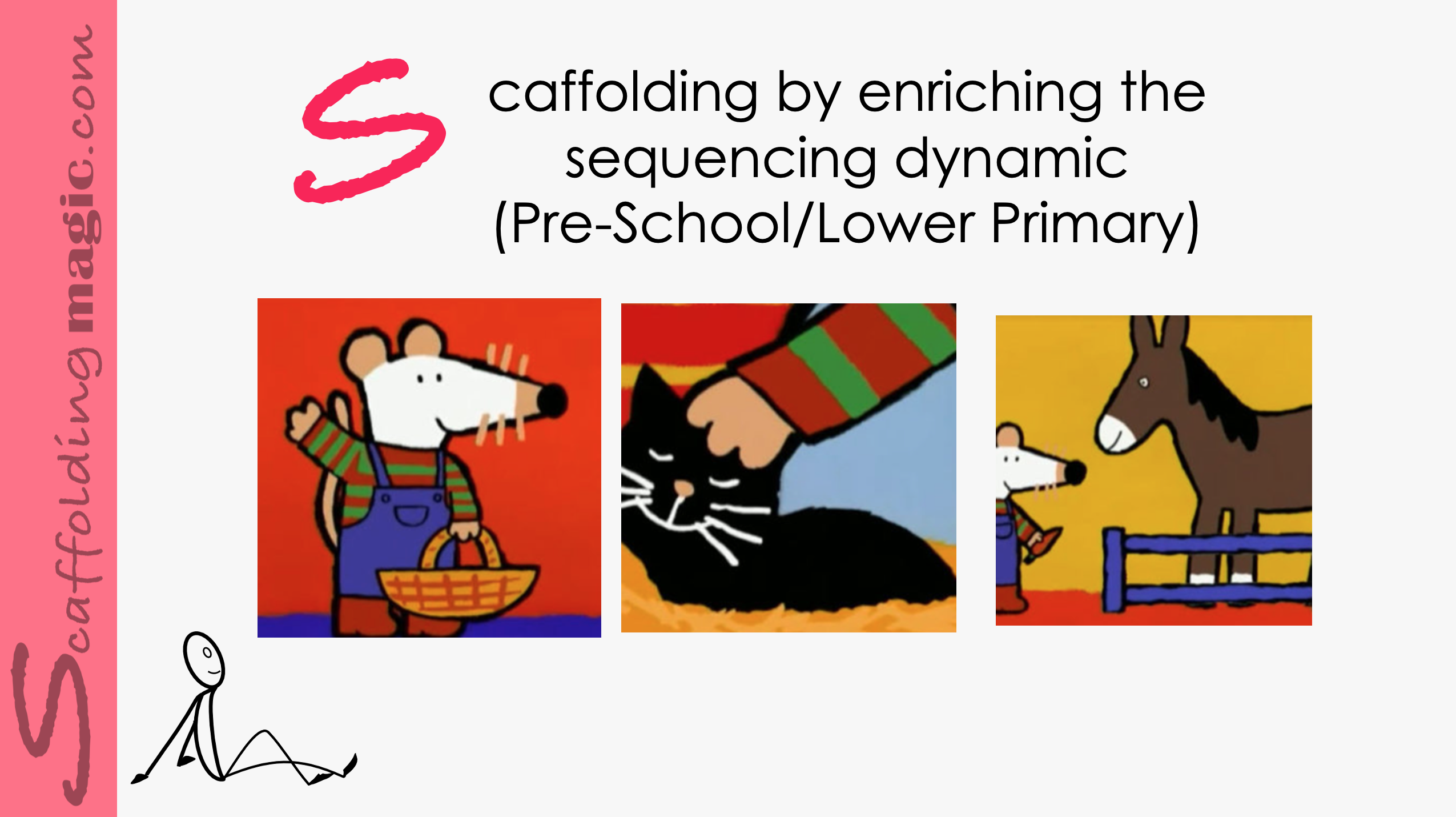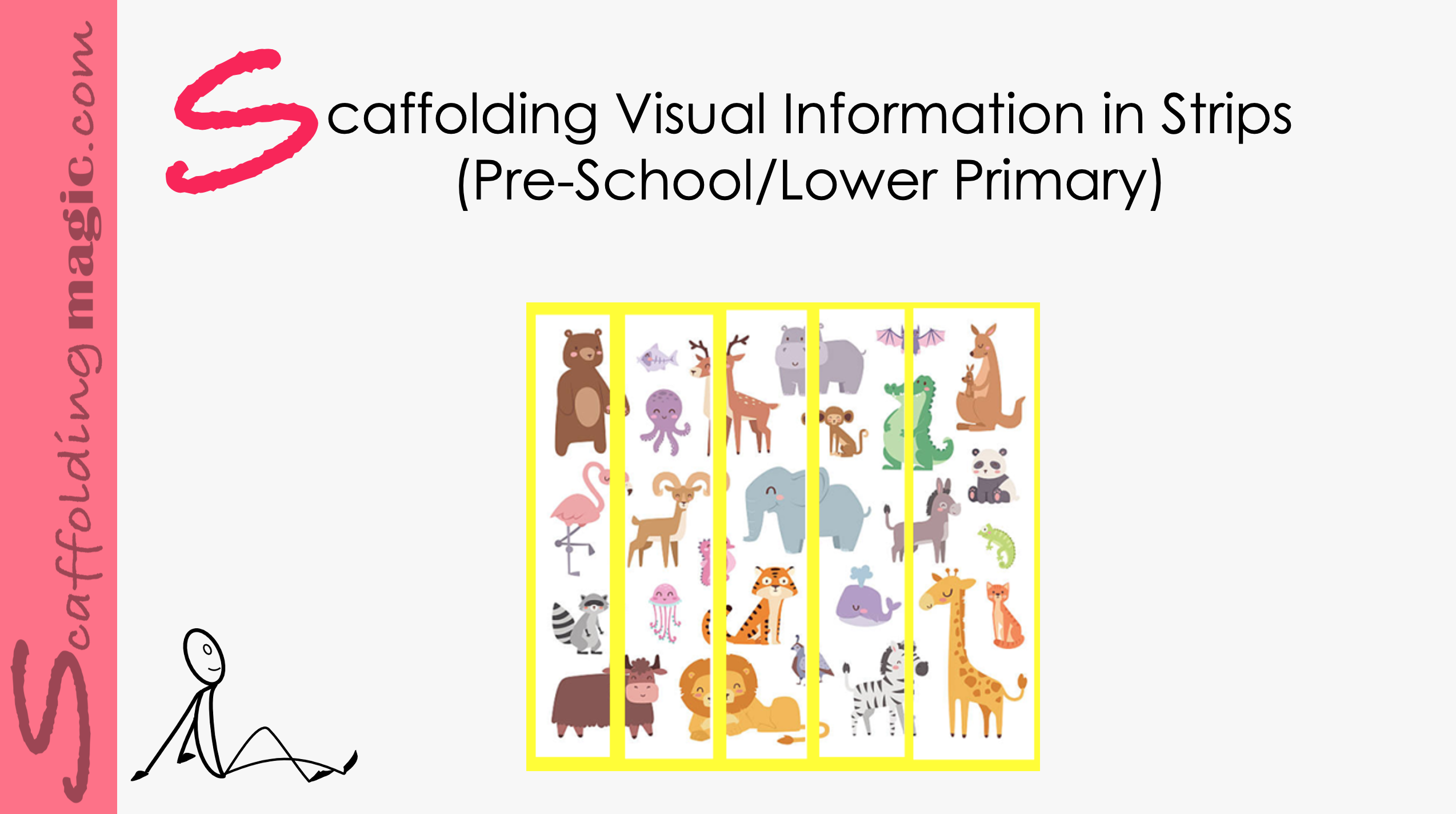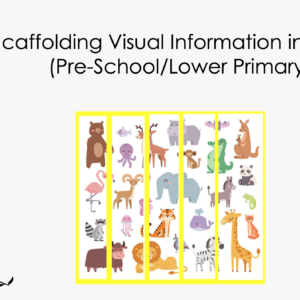In this global environment, we need to help our students to develop as many skills as possible so that they are qualified for a myriad of situations. To do this, we create opportunities for them to learn through as many different learning styles as possible*. Some students in your class might be able to function in the classroom language linguistically without the need for other means of adaption. On the other hand, many of your students need visuals, audio, verbal, kinesthetics or physical interaction with the material – or any combination of these – to assimilate new knowledge.
Scaffolding Dense Information with Art (Pre-School/Lower Primary)
$5.00
In this global environment, we need to help our students to develop as many skills as possible so that they are qualified for a myriad of situations. To do this, we create opportunities for them to learn through as many different learning styles as possible*. Some students in your class might be able to function in the classroom language linguistically without the need for other means of adaption. On the other hand, many of your students need visuals, audio, verbal, kinesthetics or physical interaction with the material – or any combination of these – to assimilate new knowledge.
Related products
-
Pre-School/Lower Primary ScaffodsQuick View
Scaffolding Halloween (Pre-School/Lower Primary)
$5.00 Add to cartRated 0 out of 5 -
Pre-School/Lower Primary ScaffodsQuick View
Scaffolding by enriching the Sequencing dynamic (preschool/lower primary)
$5.00 Add to cartRated 0 out of 5 -
Pre-School/Lower Primary ScaffodsQuick View
Scaffolding Visual Information in Strips (Pre-School/Lower Primary)
$5.00 Add to cartRated 0 out of 5 -
Pre-School/Lower Primary ScaffodsQuick View
Scaffolding Academic Language with Hieroglyphs (Pre-School/lower primary)
$5.00 Add to cartRated 0 out of 5
Scaffolding Halloween (Pre-School/Lower Primary)
Students don’t develop number sense by accident or even as a side effect of engaging in informal activities such as puzzles or songs – even those that, on the surface appear to be related to math. Experts insist that although every child can learn number sense, not every child will unless they intentionally and systematically participate in activities that promote the skill. This scaffold focus on that and so much more.
Scaffolding by enriching the Sequencing dynamic (preschool/lower primary)
Knowing the sequence of events in a story (in a book or in a video) is an important skill for young learners – in any language. In their first years of schooling, we need to specifically give our students the opportunities to be able to recognise and express this order, and the phrases to use to clarify sequences, so that the dynamic comes naturally to them later on in life
Knowing the sequence of events in a story (in a book or in a video) is an important skill for young learners – in any language. In their first years of schooling, we need to specifically give our students the opportunities to be able to recognise and express this order, and the phrases to use to clarify sequences, so that the dynamic comes naturally to them later on in life
Scaffolding Visual Information in Strips (Pre-School/Lower Primary)
Chunking is the strategy of breaking down material into digestible proportions in order to avoid cognitive overload and help students to transition more easily into new information. When we add strategies that promote critical thinking, we’ve created an even more effective means of presenting new ideas to our students.
Chunking is the strategy of breaking down material into digestible proportions in order to avoid cognitive overload and help students to transition more easily into new information. When we add strategies that promote critical thinking, we’ve created an even more effective means of presenting new ideas to our students.
Scaffolding Academic Language with Hieroglyphs (Pre-School/lower primary)
Educators and owners of academies who claim to teach critical thinking usually assume that it is a skill, like riding a bicycle, and that, like other skills, once you learn it, you can apply it in any situation. This has, in fact, not proven to be true. The process of thinking is intertwined with the content of thought – that is, domain knowledge. This is crucial in designing lessons that include critical thinking activities. It makes no sense to try to teach critical thinking devoid of factual content.* The trick, then, is to teach our students as many techniques as possible so that they have a toolbox of critical thinking skills that they can access in different context and the better and more efficient thinkers they will be in a wider context, even at the youngest ages.
Educators and owners of academies who claim to teach critical thinking usually assume that it is a skill, like riding a bicycle, and that, like other skills, once you learn it, you can apply it in any situation. This has, in fact, not proven to be true. The process of thinking is intertwined with the content of thought – that is, domain knowledge. This is crucial in designing lessons that include critical thinking activities. It makes no sense to try to teach critical thinking devoid of factual content.* The trick, then, is to teach our students as many techniques as possible so that they have a toolbox of critical thinking skills that they can access in different context and the better and more efficient thinkers they will be in a wider context, even at the youngest ages.


